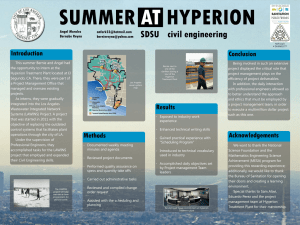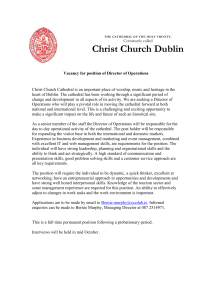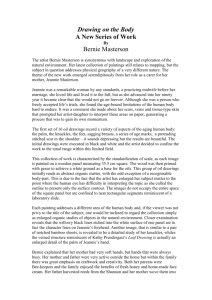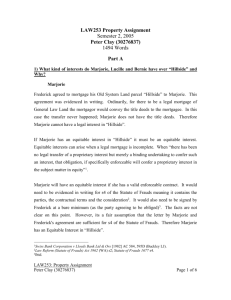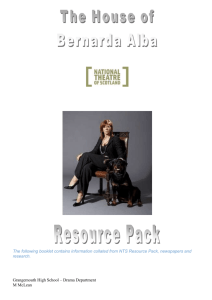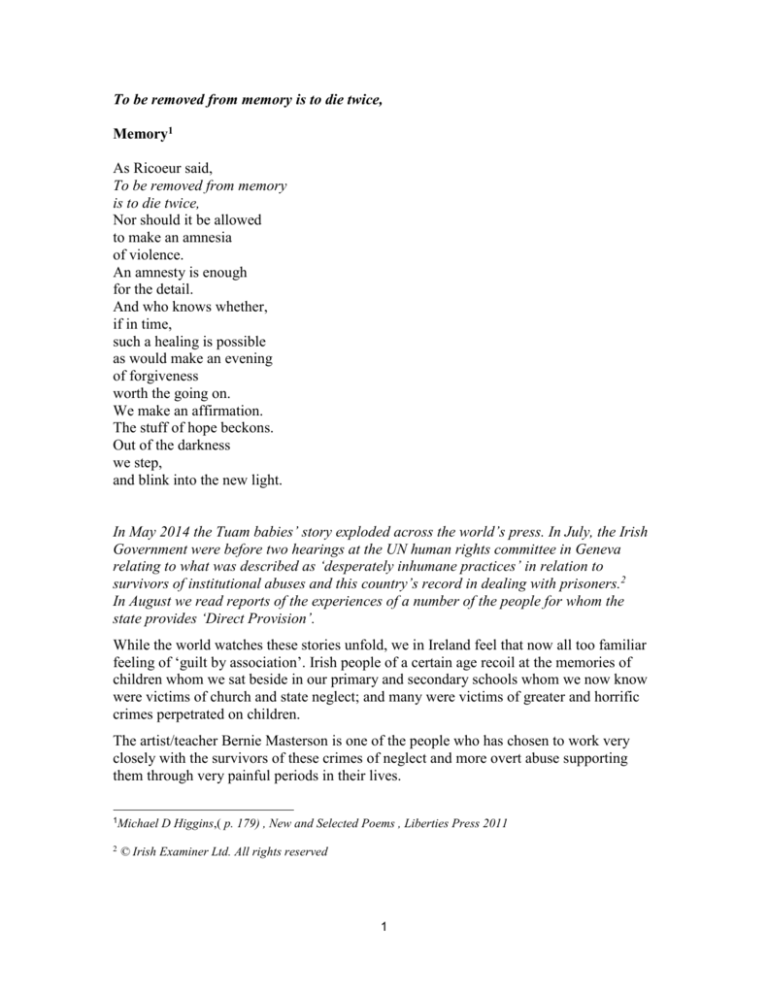
To be removed from memory is to die twice,
Memory1
As Ricoeur said,
To be removed from memory
is to die twice,
Nor should it be allowed
to make an amnesia
of violence.
An amnesty is enough
for the detail.
And who knows whether,
if in time,
such a healing is possible
as would make an evening
of forgiveness
worth the going on.
We make an affirmation.
The stuff of hope beckons.
Out of the darkness
we step,
and blink into the new light.
In May 2014 the Tuam babies’ story exploded across the world’s press. In July, the Irish
Government were before two hearings at the UN human rights committee in Geneva
relating to what was described as ‘desperately inhumane practices’ in relation to
survivors of institutional abuses and this country’s record in dealing with prisoners.2
In August we read reports of the experiences of a number of the people for whom the
state provides ‘Direct Provision’.
While the world watches these stories unfold, we in Ireland feel that now all too familiar
feeling of ‘guilt by association’. Irish people of a certain age recoil at the memories of
children whom we sat beside in our primary and secondary schools whom we now know
were victims of church and state neglect; and many were victims of greater and horrific
crimes perpetrated on children.
The artist/teacher Bernie Masterson is one of the people who has chosen to work very
closely with the survivors of these crimes of neglect and more overt abuse supporting
them through very painful periods in their lives.
1Michael
2
D Higgins,( p. 179) , New and Selected Poems , Liberties Press 2011
© Irish Examiner Ltd. All rights reserved
1
In the 1980s I heard about an extraordinary art teacher working in the prison service.
Since then I have had the privilege to meet Bernie and to write about her practice there as
an educator.3 Well known and greatly admired by educationalists as an artist/educator her
practice is an example of what the educator and proponent of ‘critical pedagogy’, Henry
A. Giroux describes as ‘border pedagogy’4 As an adult educator in arts practice, Bernie’s
work in the prison service has a reputation for its high quality methodologies.5 Many
public exhibitions of the work of the men she taught have elucidated this.
Also, as a trusted teacher Bernie has been entrusted with the men’s confidences and has
been a witness, a listener, for over 30 years to the deeply traumatic life stories of too
many victims of state and church abuse in Irish society.
In May of this year Bernie invited me to see her most recent body of work which has
emerged as a result of her working alongside of men who have ended up in prison.
The work in this exhibition has evolved from ‘a personal response to the real life stories
heard during the course of my involvement within the Irish Education Service’. ‘…some
of the prisoners were adult victims of abuse who provided testimonies of their
experience, documenting Church and State collusion in the operation of these institutions.
They underscored the climate of secrecy and denial that permeated the Church’s response
when faced with controversial accusations...’ ‘These works are a personal response to
their betrayal of trust.’6
As an artist Bernie is best known for her meditative landscapes.
She has also produced a very emotionally imbued body of work that honoured her late
mother’s life and passing. This body of work follows in that genre- it is powerful and
angry but in a subtle and sensitive manner that is evocative and reflects Bernie’s nature.
On initial viewing of the video- Invocation, in Bernie’s studio, I felt overcome by a chill,
a damp cold deep chill; resonating with my own past, our collective past of secrecy,
conspiracy, and unspoken truths.
A single solitary flame floats in the centre of the screen; a second one appears on the left,
soon joined by a third on the right…the Holy Trinity? These vulnerable flames of light
stand in a deep pool of darkness. Flickering flames of liturgical candles in their brass
holders, responding involuntarily to even the slightest movement of air, a breeze hidden
in the overwhelming darkness.
When the flame in the centre dies, my attention focuses on the one to the left, which
struggles to stay alight. This flame increases in a rush to survive, burning brighter,
flickering, - then darkness. The final flame slowly dies in front of my eyes and then, the
inevitable- I am plunged into blackness, so great, so overpowering. I suddenly become
aware that there is no soundtrack and the darkness is all the more foreboding because of
3
Lifelines, 2004
Giroux, (p.167), Disturbing Pleasures,1994
5
Ibid in which teachers and pupils interrogate and cross traditional boundaries (borders) of power,
epistemology, decision – making, cultural and social representation in curricula, and in the process.
6
From Bernie Masterson’s notes on this body of work
4
2
the silence. I think of that great line from the poem ‘…when the air inhales you’ by
Máighréad Medbh.7
Remembrance continues the metaphor of liturgical candles and was filmed in the same
location. This time rows of twenty or so are lighting in front of us; reminiscent of a
school assembly of children waiting to have the annual photograph taken. This time the
video has a soundtrack laid over the visuals which adds to the tension of the randomness
of tiny fragile flames dying out on front of my eyes. The sound is of a beating heart,
quickening its pace as more and more candles are extinguished, and the tremor of this
heartbeat slowly fades (in defeat?) as the last flame struggles to survive and fails…
The final video piece Shrine moves its focus to the various markings left by children
scratched into the surfaces of church pews. These appear abstract initially but soon names
can be deciphered, children’s attempts to leave their mark in these places of
incarceration. The soundtrack is ominously ambiguous and disturbing. The sounds do not
seem to belong to the tones of a musical composition or to be the ambient sounds of mark
making- rather they fight in a duel of actual and constructed dis-harmonies reflecting the
images of letters etched into wood grain that could also be musical notation or old copy
books from that time.
These works evoke memories of a Catholic childhood, the seduction of the church with
all of its rituals, the aesthetic of light and darkness, a Chiaroscuro painting, stained glass
windows with their saturated colours creating beams and prisms of light across walls and
marble floors, uplifting promises of the ‘afterlife’- a better place than here on earth.
The exotic nature of candles seldom seen in 1960s homes in a new world of
electrification. The sounds of the coins spinning to a stop in the money slot. The smell of
wax, burning wicks lighting amongst rows of others and the fascination of seeing the
flaming candle. We offered up our sins to a God whom we hoped/believed was listening
to us. We lived side by side with people who ‘were less fortunate’ than ourselves. The
current revelation of the Tuam babies calls to mind that wherever we lived in Ireland, in
bigger urban cities or in smaller market towns, we lived in fear of being one of those
‘unfortunate children’. Not realising why. Not fully knowing, why? Children were not
encouraged to ask questions.
Questions were quenched quickly, as these flames are.
So-if innocent children who unknowingly witnessed abuse and bullying even if not the
actual victims, were fearful, what of those equally innocent children who suffered state
and church abuse? Many revelations since States of Fear 8have articulated these horrors.
As a witness to so many of the survivors stories how can an artist assimilate and process
these horrors that were inflicted on innocent children and have left such indelible marks
on the psyche and spirits of so many, too many, adults?
7
8
When the air inhales you, from Unified Field, 2009, Máighréad Medbh , Arlen Press
Mary Rafferty documentary series States of Fear, broadcast on Radio Teilifís Éireann, 1999
3
These are three works that will form a part of the forthcoming exhibition and will sit
alongside of a number of site specific installations which all carry the legacy of Bernie’s
time working with the survivor’s in her capacity as artist/educator.
Bernie Masterson is amongst a generation of artists who include Maggie Deignan, Mary
Kelly, Brian Maguire, Paula Meehan, Mick O’Dea, who have worked in the prison
service and whose work has contributed to the humanising of the individuals for whom
society has often shunned and put away out of sight.
As an artist, Bernie is more publicly known as a painter of extraordinary, sublime
landscapes, of paintings of the natural world that cause the viewer to pause, meditate and
feel transported to spaces, real or imagined, of great beauty and other worldliness.
This work is a testament to many trusting relationships. The work bears witness to the
fear and fragility of young innocent children who for decades were ignored and their
stories unheard. The work reflects the deep empathy that Bernie feels for each individual
and his story. The exhibition adds to her legacy, her life-long advocacy work through her
relentless commitment in the art department in our prison service.
In the philosopher John Dewey’s book, Art as Experience, he cites Van Gogh as saying
that “emotions are so strong that one works without knowing that one works, and the
strokes come with a sequence and coherence like that of words in a speech or letter.”
‘Such fullness of emotion and spontaneity of utterance come, however, only to those who
have steeped themselves in experiences of objective situations; to those who have been
long absorbed in observation of related material and whose imaginations have long been
occupied with reconstructing what they see and hear.’9
Bernie’s imagination has long been occupied with reconstructing what she has seen and
heard. This body of work presents a coherent narrative, which moves us from a horror
speaking to the dispossessed in all of us through a process of assimilation of these
experiences and presents the possibility of transcendence. This work resonates with what
M.D Higgins writes in the poem Memory. ‘To be removed from memory
is to die twice,…’
Bernie’s work calls on everyone to speak out against all injustice in society both past and
present, we need to remember and to be remembered.
And on viewing this current body of work perhaps we can believe that ‘The stuff of hope beckons.
Out of the darkness
we step,
and blink into the new light.’
Helen O’Donoghue
9
Page 75, Art as Experience, John Dewey, 1980, Penguin
4
5



